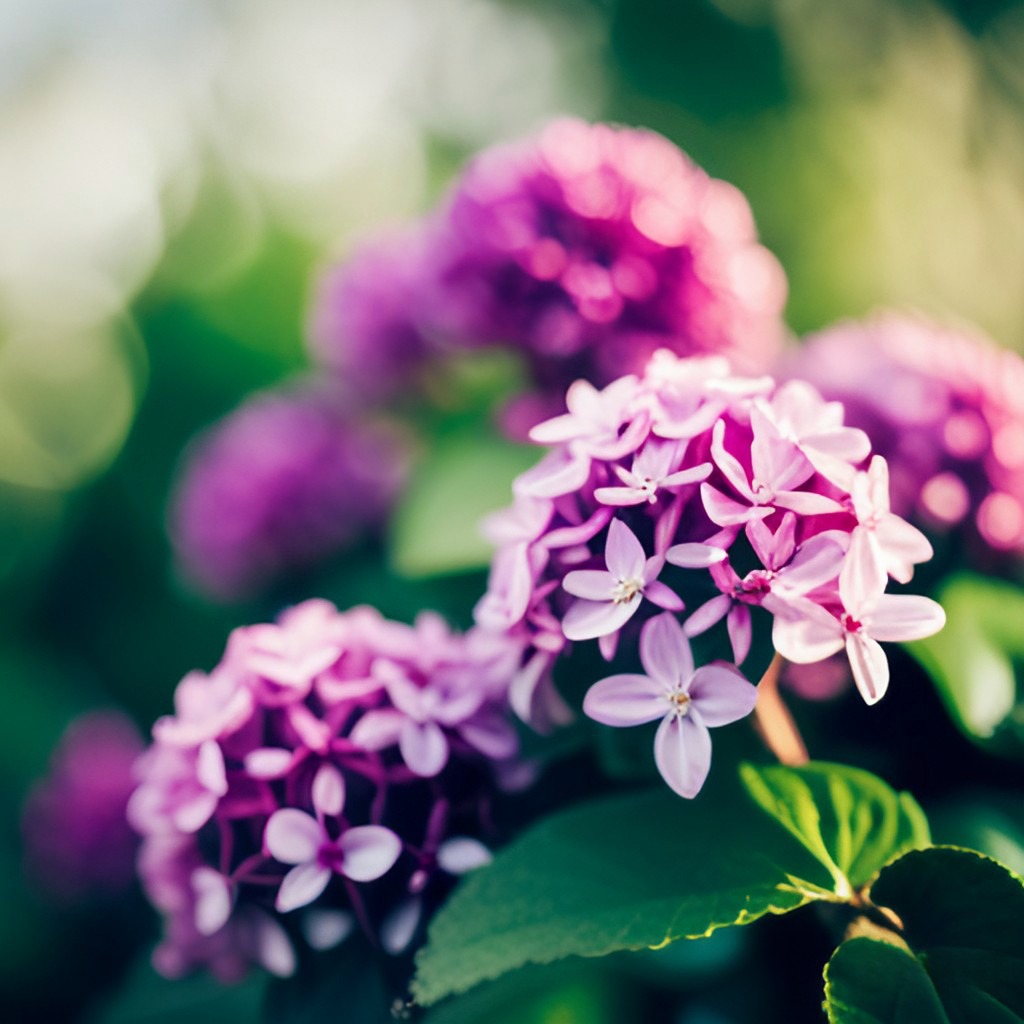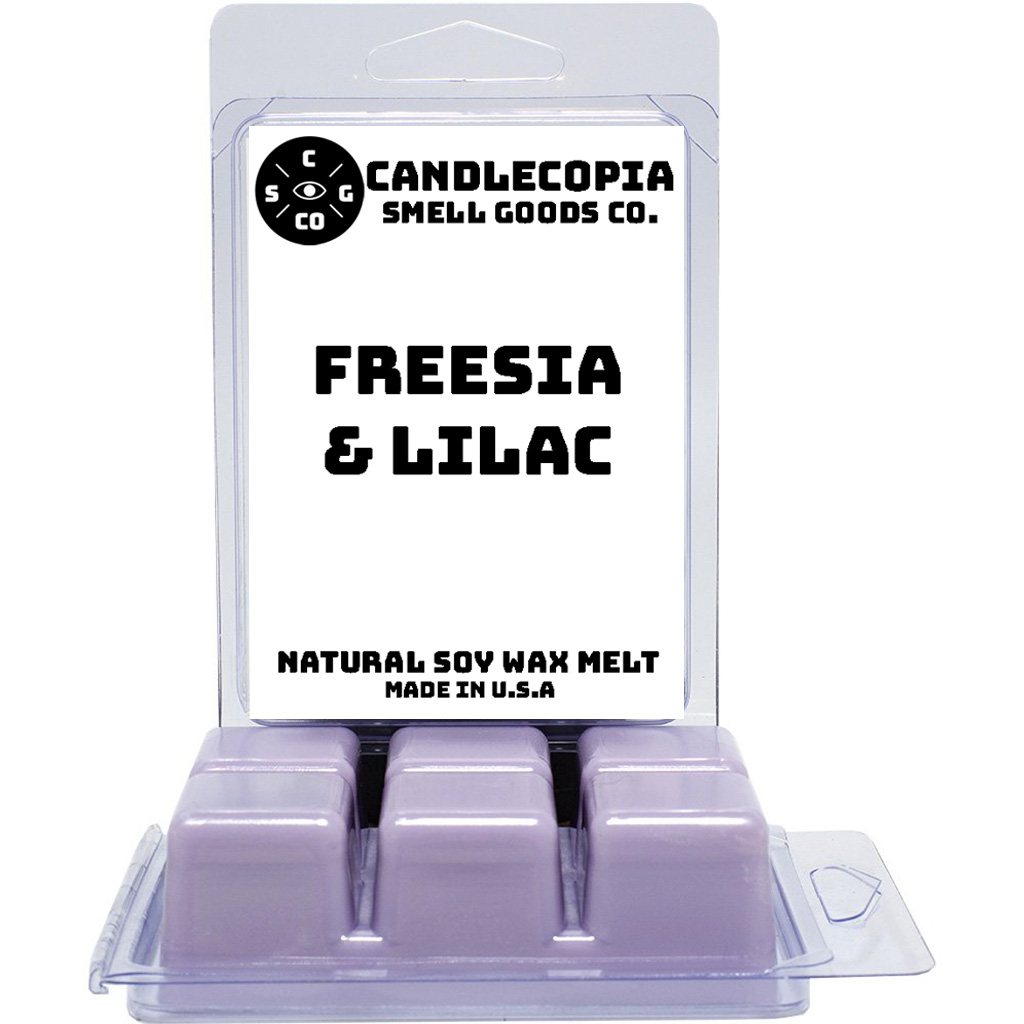
The fragrance of lilacs is often described as sweet, floral, and slightly powdery. The scent is delicate yet distinct and is widely regarded as one of the most recognizable and beloved fragrances in the world. The aroma of lilac flowers is often associated with the arrival of spring and has a nostalgic quality for many people, as it can evoke memories of gardens, past experiences, or childhood.
The Lilac flower (Syringa) originates from Southeastern Europe and Eastern Asia, particularly the Balkan Peninsula and regions in present-day Turkey, Iran, and China. Lilacs belong to the Oleaceae family and are deciduous shrubs or small trees known for their sweet fragrance and clusters of flowers in various shades of purple, as well as white, pink, and even blue. These flowers have been widely cultivated and hybridized over time, resulting in many cultivars that are now grown in gardens and landscapes around the world.
The name “lilac” comes from the French word “lilas,” which was derived from the Arabic word “lilak” or “nilak,” meaning “bluish.” This name likely refers to the common color of the flower’s blooms. The botanical name for the lilac genus, Syringa, comes from the Greek word “syrinx,” which means “pipe” or “tube.” This name was chosen because of the hollow stems of some lilac species, which resemble tubes or pipes.

Freesia & Lilac Wax Melts by Candlecopia®, 2 Pack
Embrace the essence of a blossoming garden with our Freesia and Lilac wax melts, a symphony of floral favorites celebrating spring and summer. Luxurious freesia mingles with lilac and jasmine, enriched by green leaf top notes and a touch of sweet peach. A refined blend of powder, vetiver, sandalwood, and light musk adds depth and allure.
